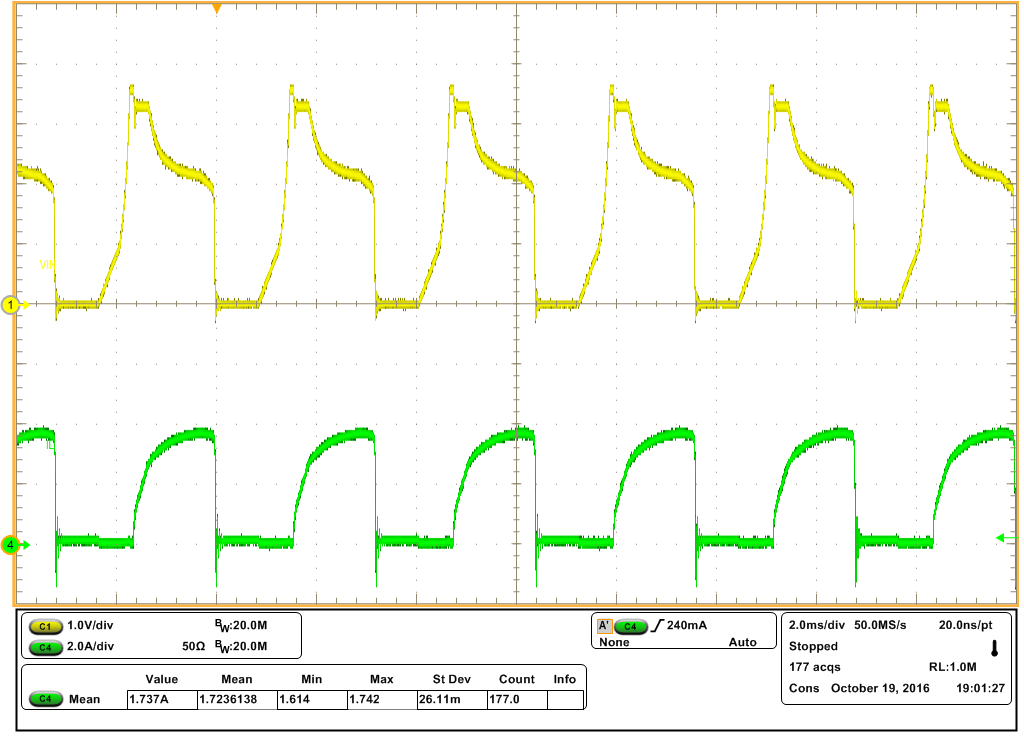Other Parts Discussed in Thread: TPS61021EVM-723
Hi,
I am evaluating the TPS61021A device by obtaining the evaluation board.
The evaluation board is TPS61021EVM-723.
So I have some questions about how to use the device.
· What is the variation of fsw? (PWM is in a stable state)
· Is the value of Rθja on the evaluation board 71.1°C / W? Or does θJa change in EVM?
I believe that board area will affect.
· Coil selection, is it suitable for selection from 0.33uH to 1.0uH / ± 30%?
What is wrong if 1.0uH + 30% is exceeded?
· It is a question about Cin. If there is ringing to Vin, there is addition of a tantalum capacitor, but is there a need for low ESR for this tantalum C?
What is the value of ESR required for ESR?
· What is the current value of the branch point between PFM and PWM? (When Vout = 3.5 V)
· It is a question about behavior of short circuit protection operation.
When Vout becomes 1.6 V or less, the current is limited, and if Vout falls below 1.0 V, there will be a limit of 100 mA.
What is the relationship with Ilim = 4.3 A? Is there a diagram showing Vout and current limit value?
(specification)
Vout : 3.5V
Vin : 1.5V to 3.5V
Iout : 0.7Atyp
Best regards,



